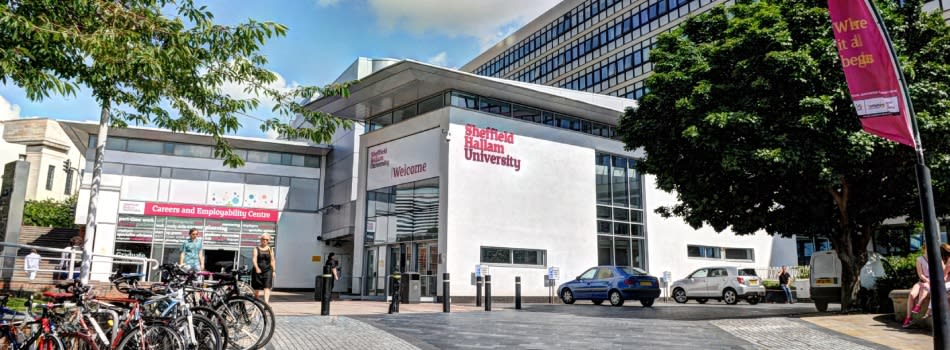Cardiovascular surgeries carry risks to patients and may not achieve the desired clinical outcome due to certain physical conditions of the patients. Therefore, for the benefit of the patients, calculations of risk and return, must be performed.
Increasingly sophisticated measurements are routinely available to interventional cardiologists in the operating theatre. Doctors use non-invasive devices to assess patient vasculature and the large amount of data must be carefully and (ideally) quantitatively interpreted, to guide their judgement and decision.
What if, in real time, quantitative assessment of heart interventions could be performed in silico? A massive milestone in the development of computational assessment is to use fluid dynamics (or hemodynamics) to establish the inter-dependence of a patient’s systemic and pulmonary vasculature properties (Pant et al., 2000).
In this project, we aim to establish a mathematical (state-space) and computational model of the human cardiovascular system, based in fundamental fluid mechanics and biomechanics, to reproduce data characteristic of an individual’s lifestyle and condition. We propose to apply nonlinear Kalman filtration techniques (Dutton et al., 1997) to achieve efficient, accurate and robust state estimations from noisy measured data of patients. The model will furnish clinicians with augmented data for diagnosis in various cardiovascular diseases and the evaluation of heart valve interventions.
Eligibility
Information on entry requirements can be found at GTA Program Page
A potential PhD candidate should have excellent mathematical & programming background, have studied and achieved high marks in Electrical and Control Engineering modules in their Undergraduate and/or Master’s courses, e.g. in Electrical / Electronic / Control / Mechanical Engineering courses.
How to apply
We strongly recommend you contact the lead academic, Dr Xu Xu via email: [Email Address Removed], to discuss your application
Please visit our GTA program page for more information on the Graduate teaching assistant program and how to apply.
Start date for studentship: October 2021
Interviews are scheduled for: Mid July 2021
For information on how to apply please visit GTA program page
Your application should be emailed to [Email Address Removed] by the closing date of 30th June.

 Continue with Facebook
Continue with Facebook




